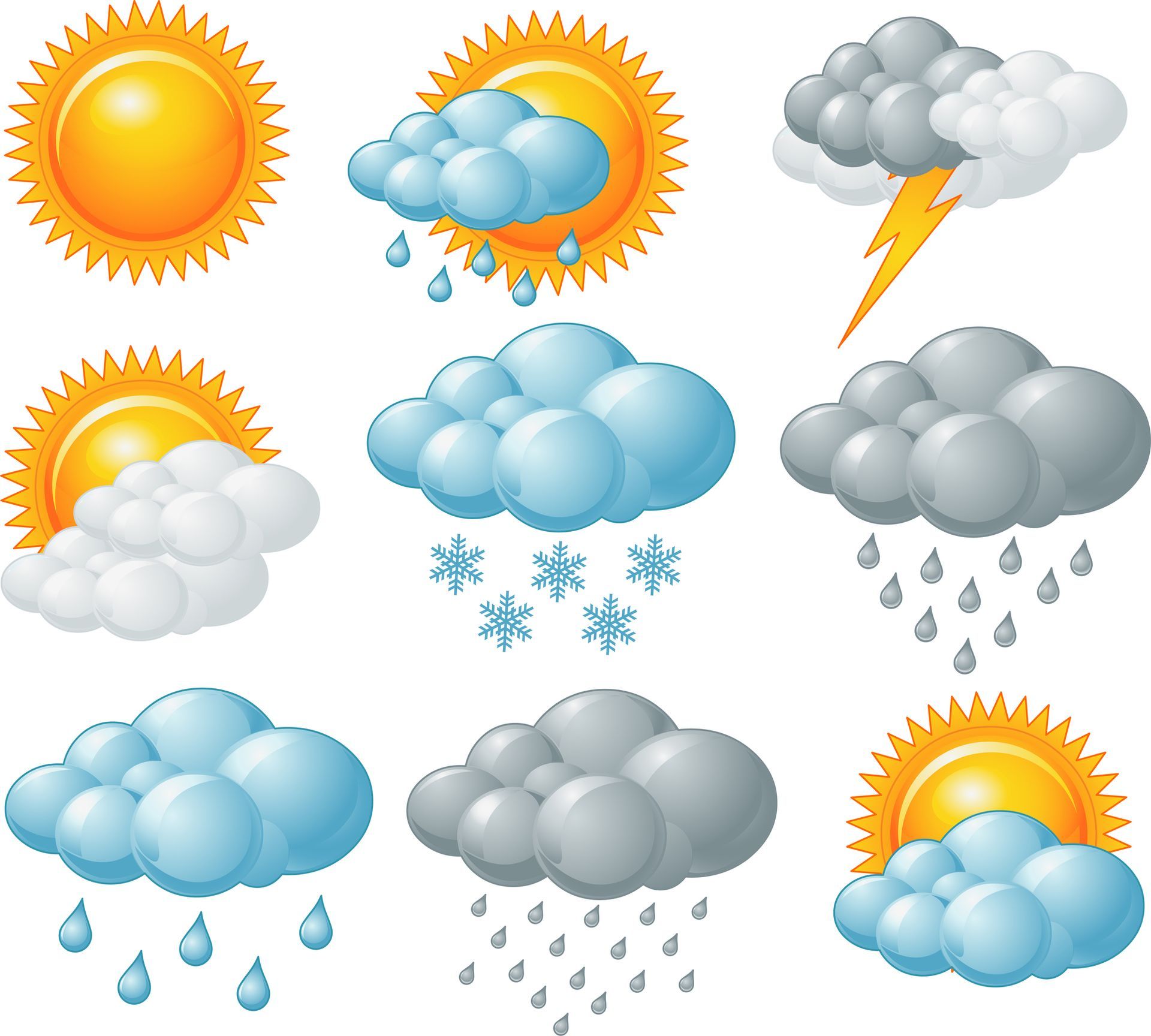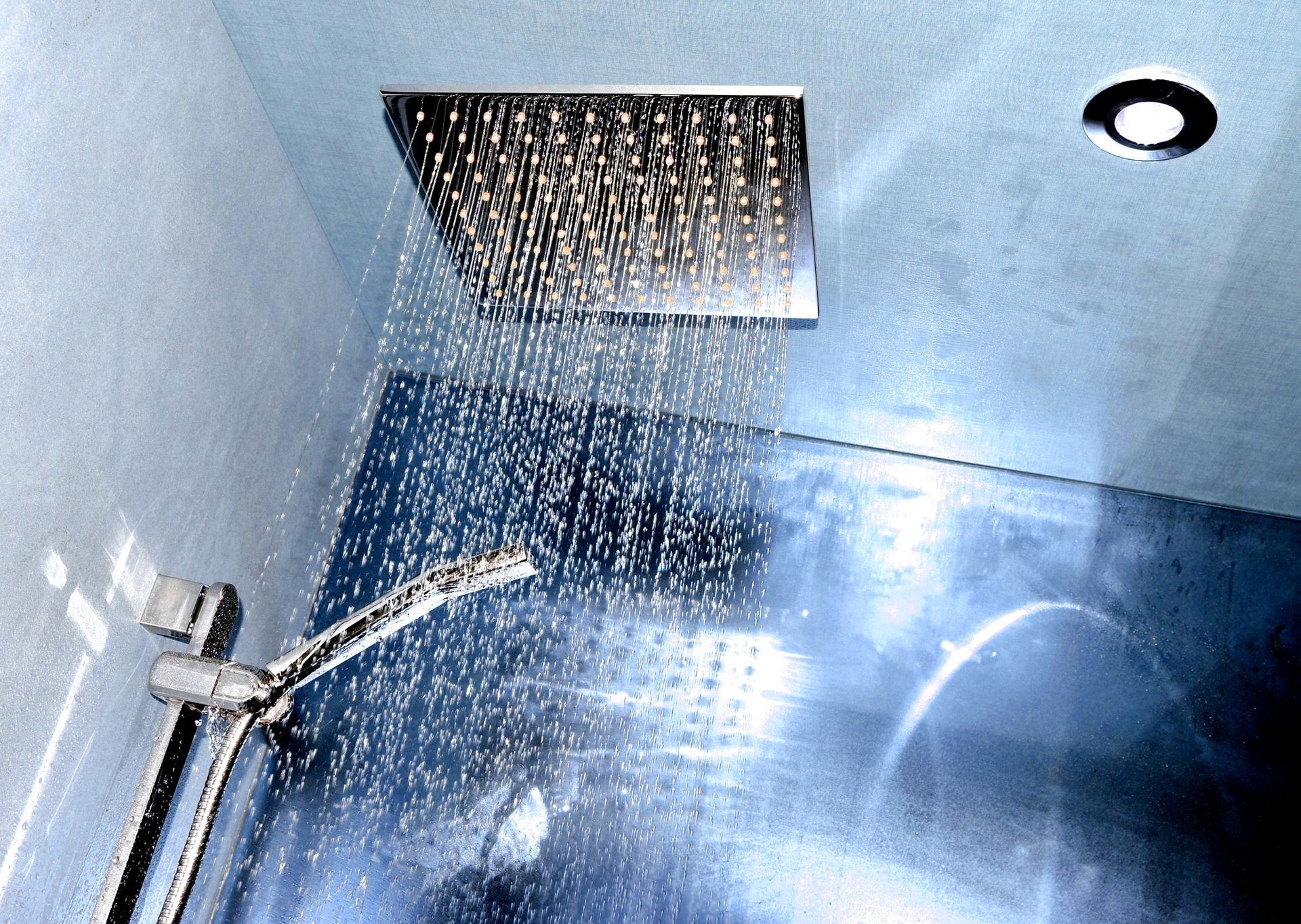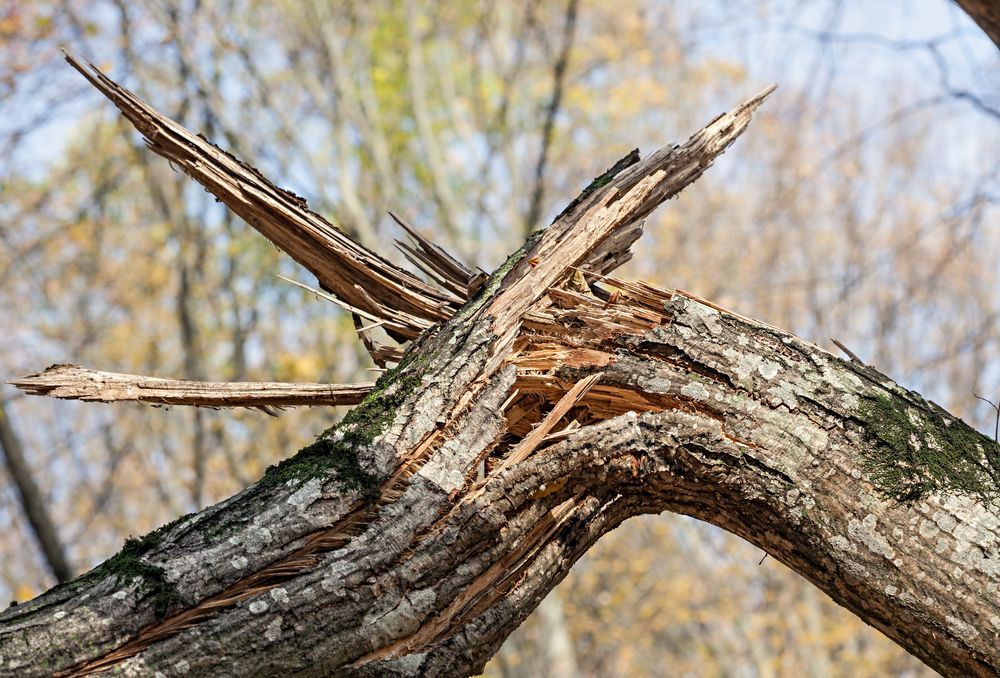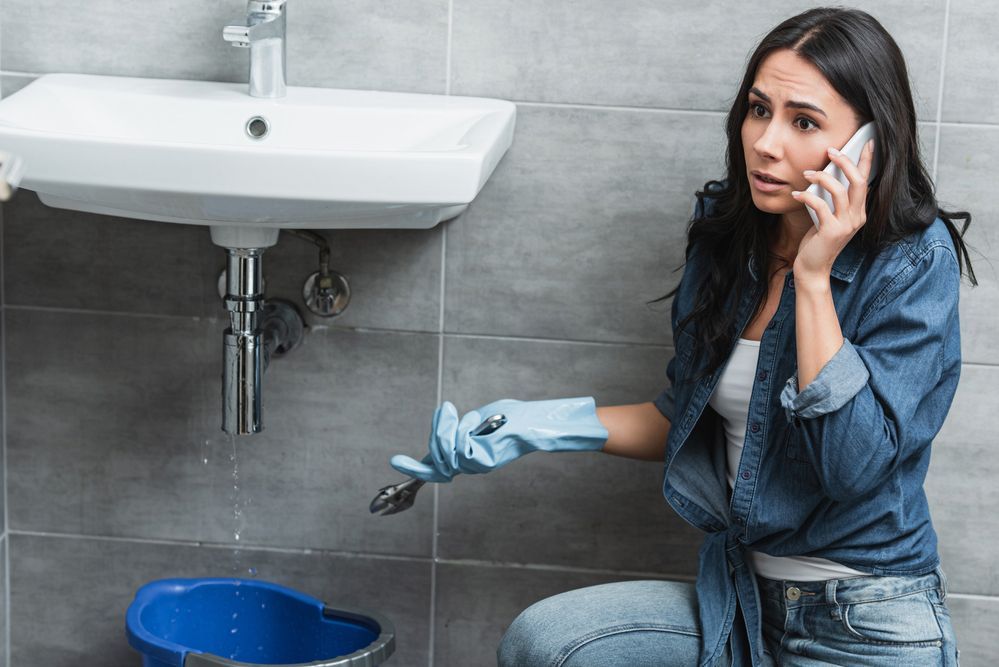Getting Back to Business
Getting Back to Business -Eldersburg, MD

When your small business faces a crisis or emergency, taking prompt action might be the difference between resuming operations and permanently closing your doors. According to the Federal Emergency Management Agency (FEMA), between 40% and 60% of firms do not reopen following a disaster. The first few days following a disaster are essential; according to FEMA, 90% of enterprises that do not restart operations within five days will close.
Following these measures can assist you in rapidly getting back to business following a calamity.
Execute your disaster plan- The first step following a tragedy is to put your disaster plan into action. This includes notifying staff and anybody else on the premises to assure their safety. Check that your safeguards for digital data and critical papers have kept information safe. Your initial priority should be to ensure the safety and health of everyone on-site, followed by a review of how physical assets and important business operations are affected.
Report the damage to your insurance company- You should have company insurance plans in place in case of a calamity. Contact your insurance broker or firm as soon as possible to begin the procedure promptly and efficiently. They will assist you through the claim procedure, which may entail supplying information over the phone or online. Keep comprehensive notes on every phone call, including the names of everyone you talk with and copies of any papers you provide. After you file a claim, an adjuster will come to your home to inspect the damage.
Take stock of the damage-Examine the extent of the damage to your property. You should probably begin with the structure itself. A flood, for example, might harm carpeting or damaged electrical wires. It is also necessary to examine the company's equipment, inventory, and other aspects. Determine whether or not the area may be used for commercial purposes while repairs are being completed. Whether not, consider a timetable for closure and reopening, or see if work can be done on a backup site or remotely while repairs are being made. It is critical to document the damage - images, videos, and thorough notes can assist achieve the best possible outcome from insurance claims.
Get repairs scheduled and underway- Property repairs can begin as soon as your insurance provider has assessed the damage; contact them before beginning clean-up and repairs. Begin the procedure by obtaining repair quotations from qualified providers. To begin, evaluate the prices, timetable, and availability. Depending on the repairs required, it may also be beneficial to investigate the warranties and guarantees provided by suppliers. Your insurance company may pay for repairs directly, or they may repay you if you have sufficient financial reserves.
Explore emergency disaster assistance- Government agencies such as FEMA and the Small Business Administration may provide disaster aid (SBA). For example, the SBA provides low-interest, long-term loans to companies affected by natural catastrophes. 2 Loan alternatives include physical recovery loans to assist with building repairs and economic recovery loans to help your organization withstand cash flow issues after a disaster.
Implement a communications plan- Keep the community informed once you have determined the scope of the damage and have funding resources in place. Create a communication strategy to keep customers, workers, vendors, and the surrounding community informed of your schedule. When you reopen – or restart full operations – you will receive the assistance you require to go back into the business. The first few days following a calamity are critical. You'll take important actions to go back to business as normal as soon as possible by assessing damage, communicating effectively, and having a strategy in place to get repairs started.
Contact Restoration 1 of Eldersburg and let us help you with this checklist! We are here to help your business get up and running as quickly and as efficiently as we can! Don't do this alone, let us help!












